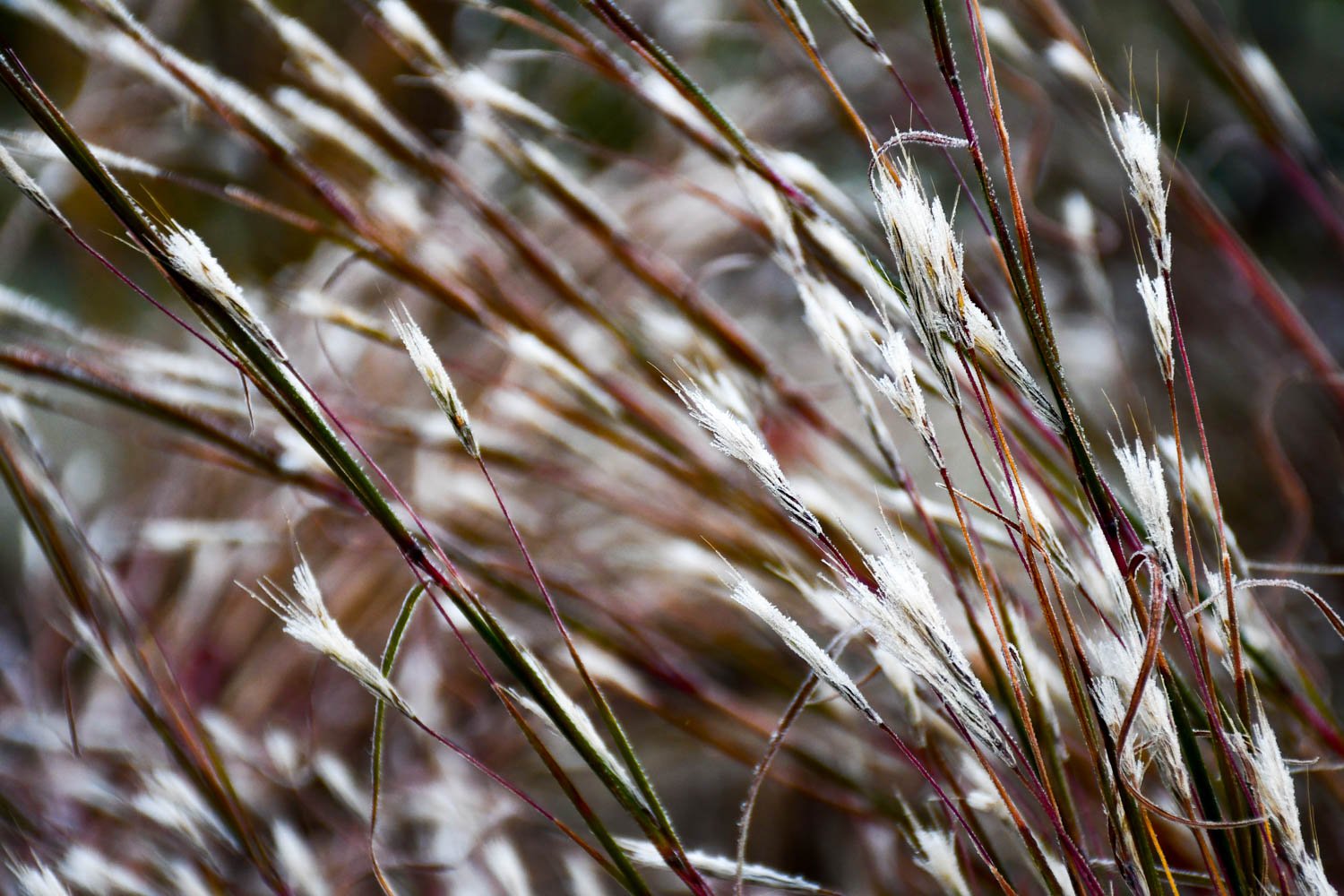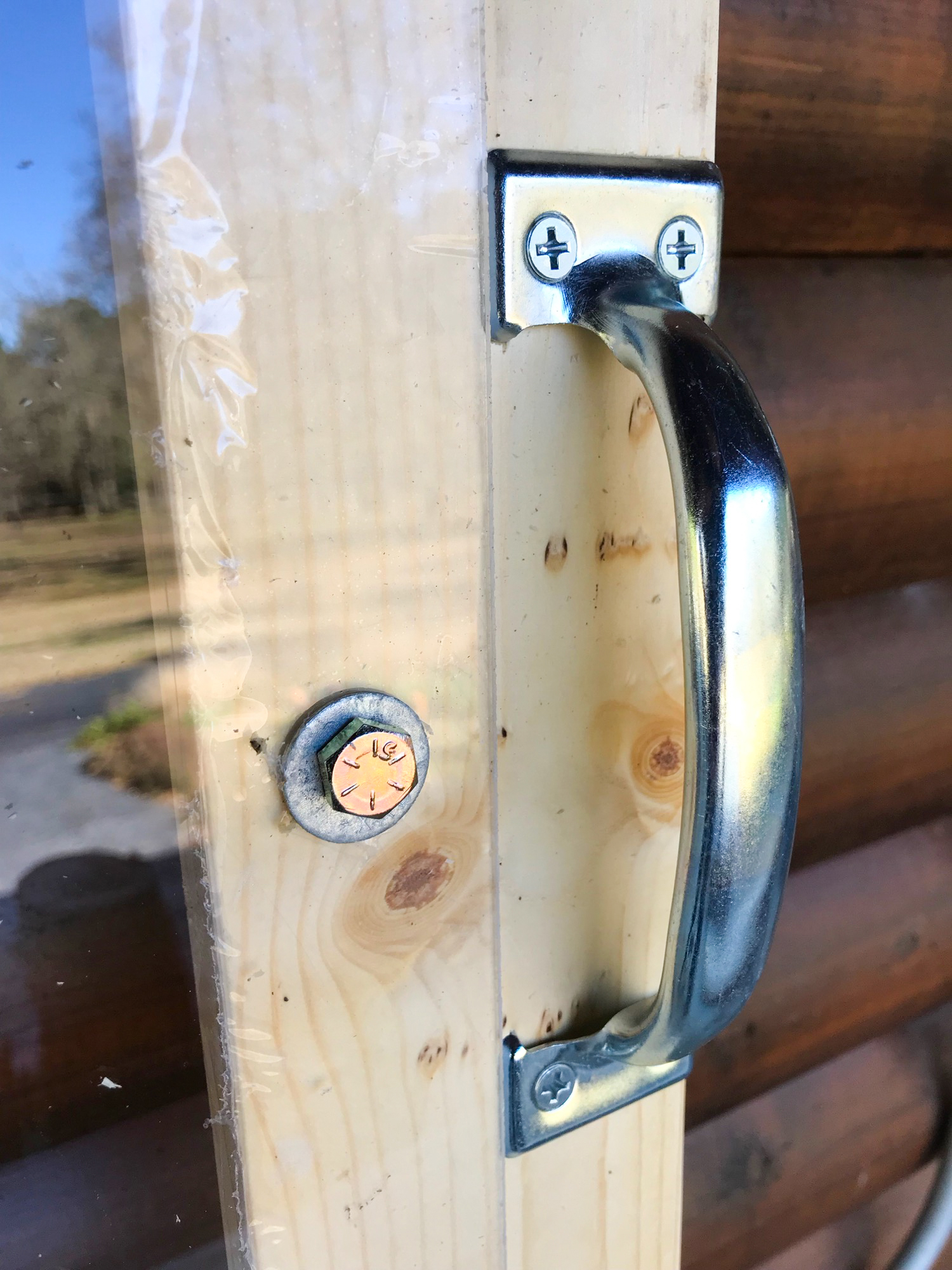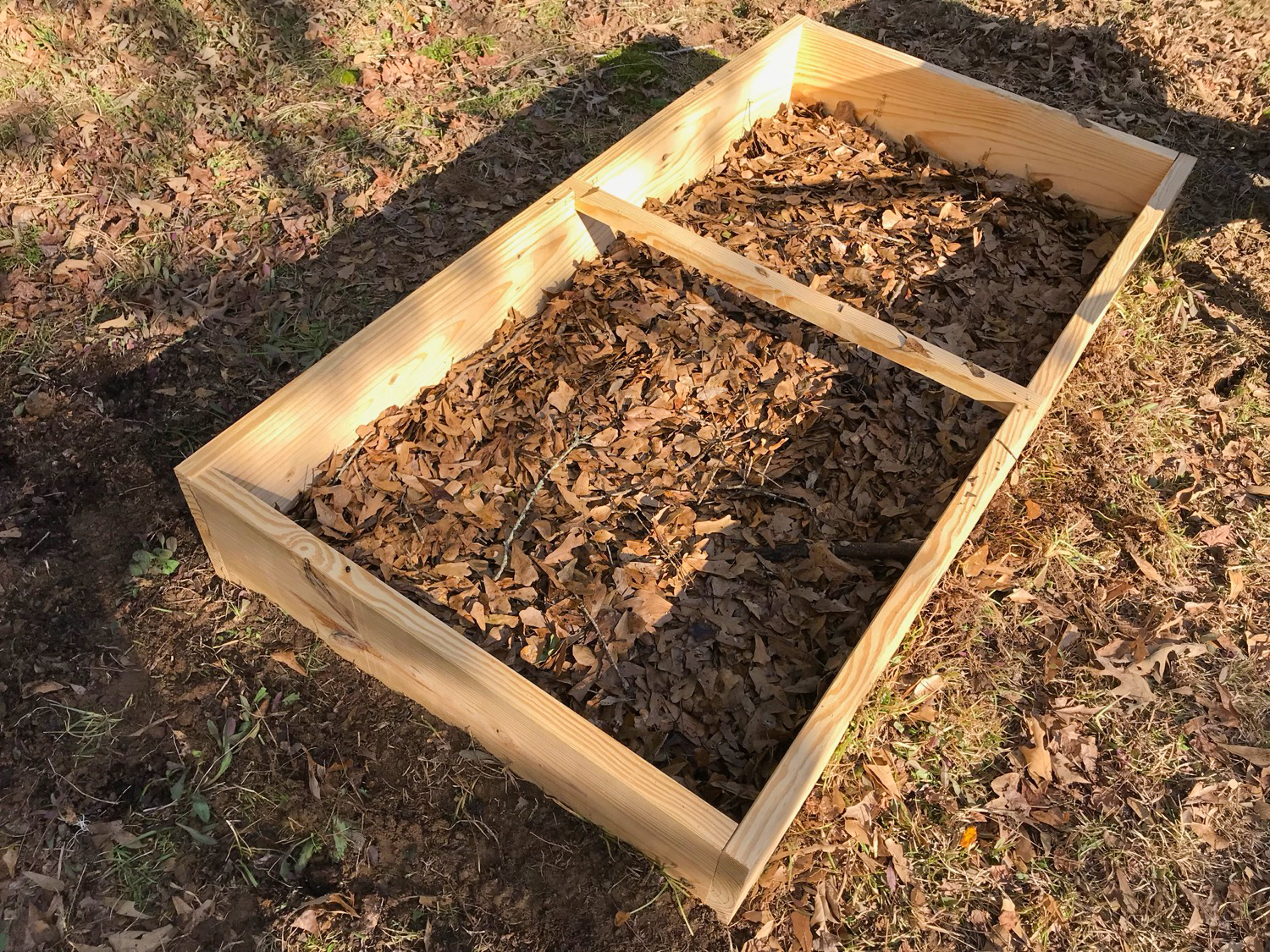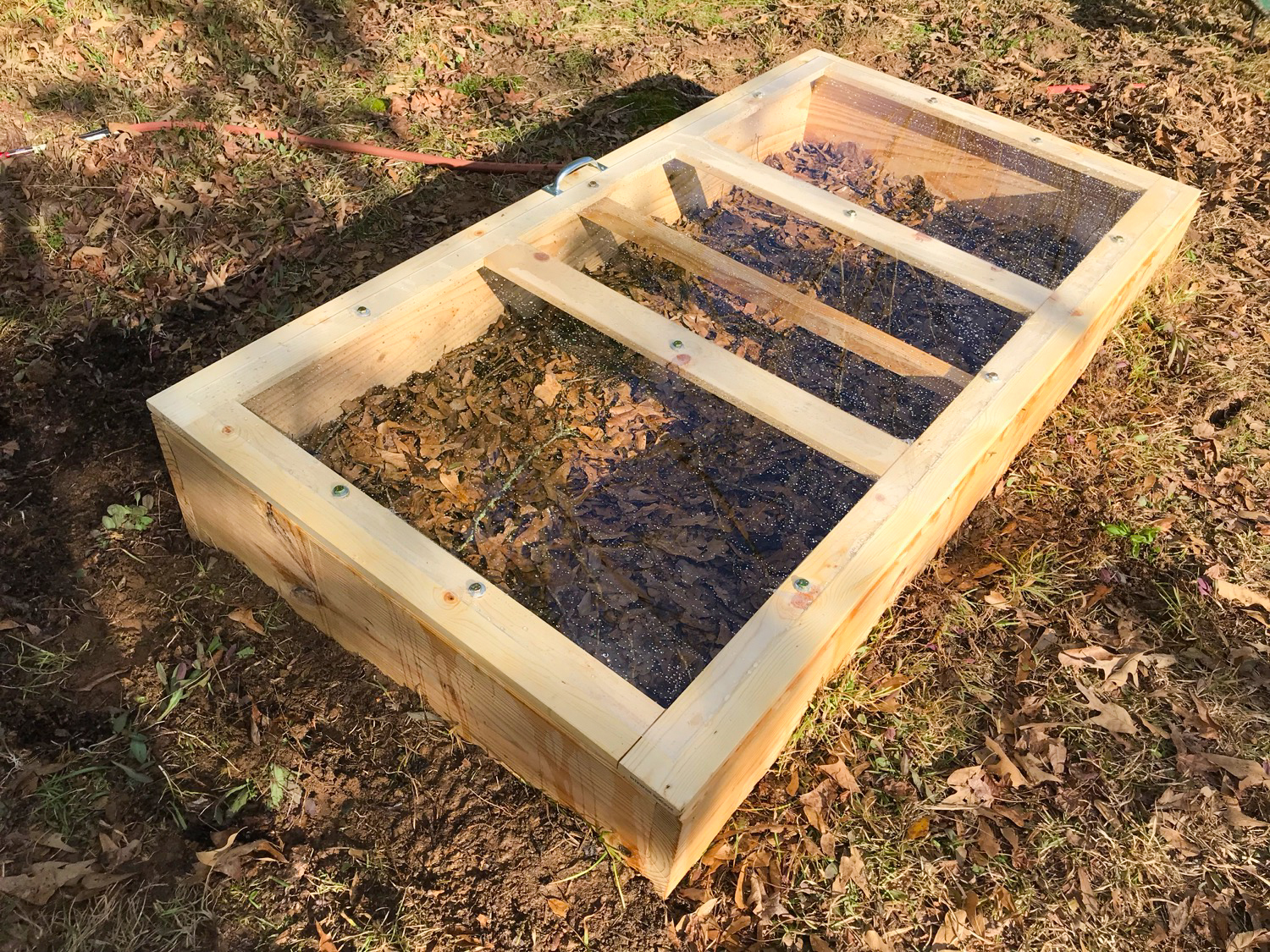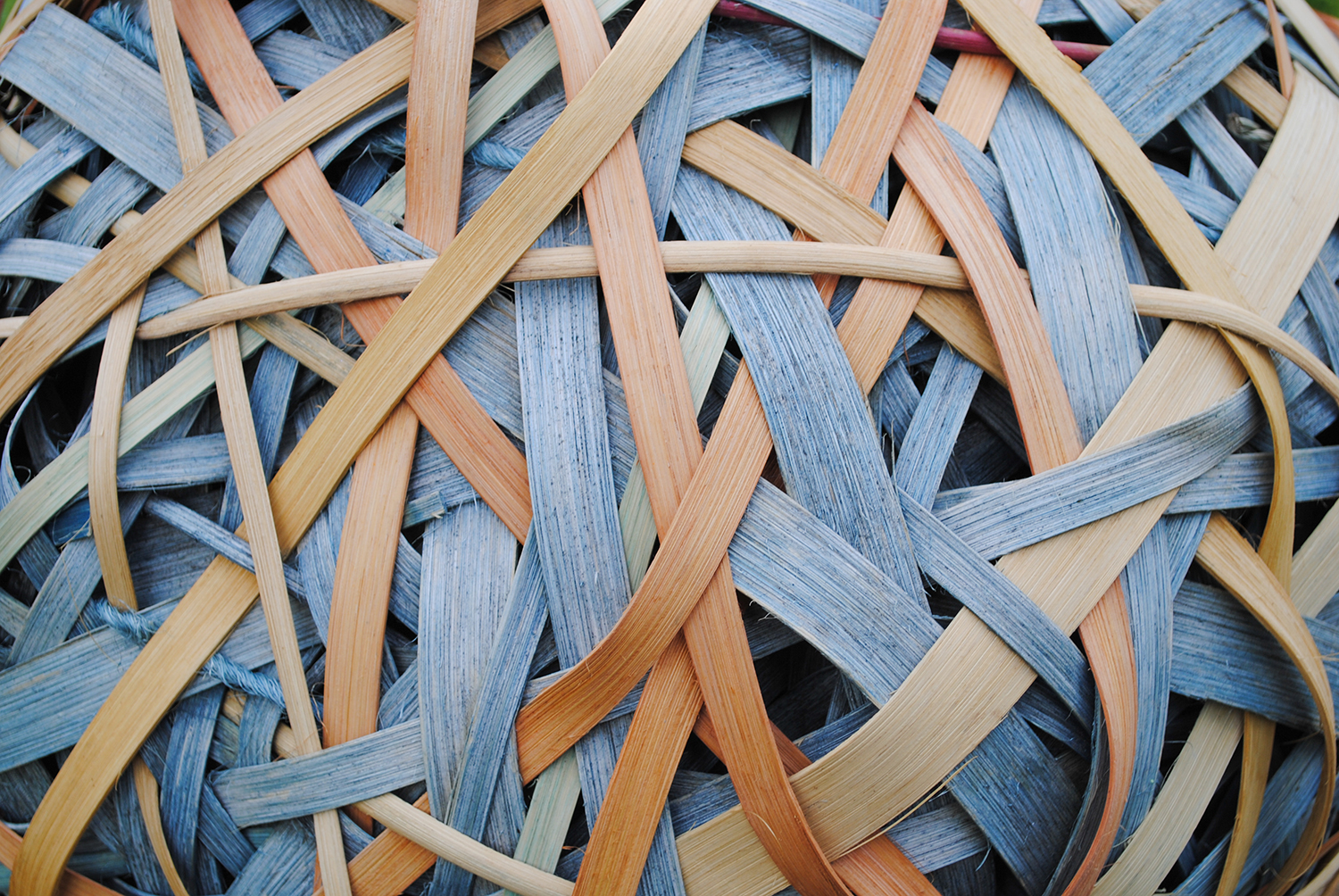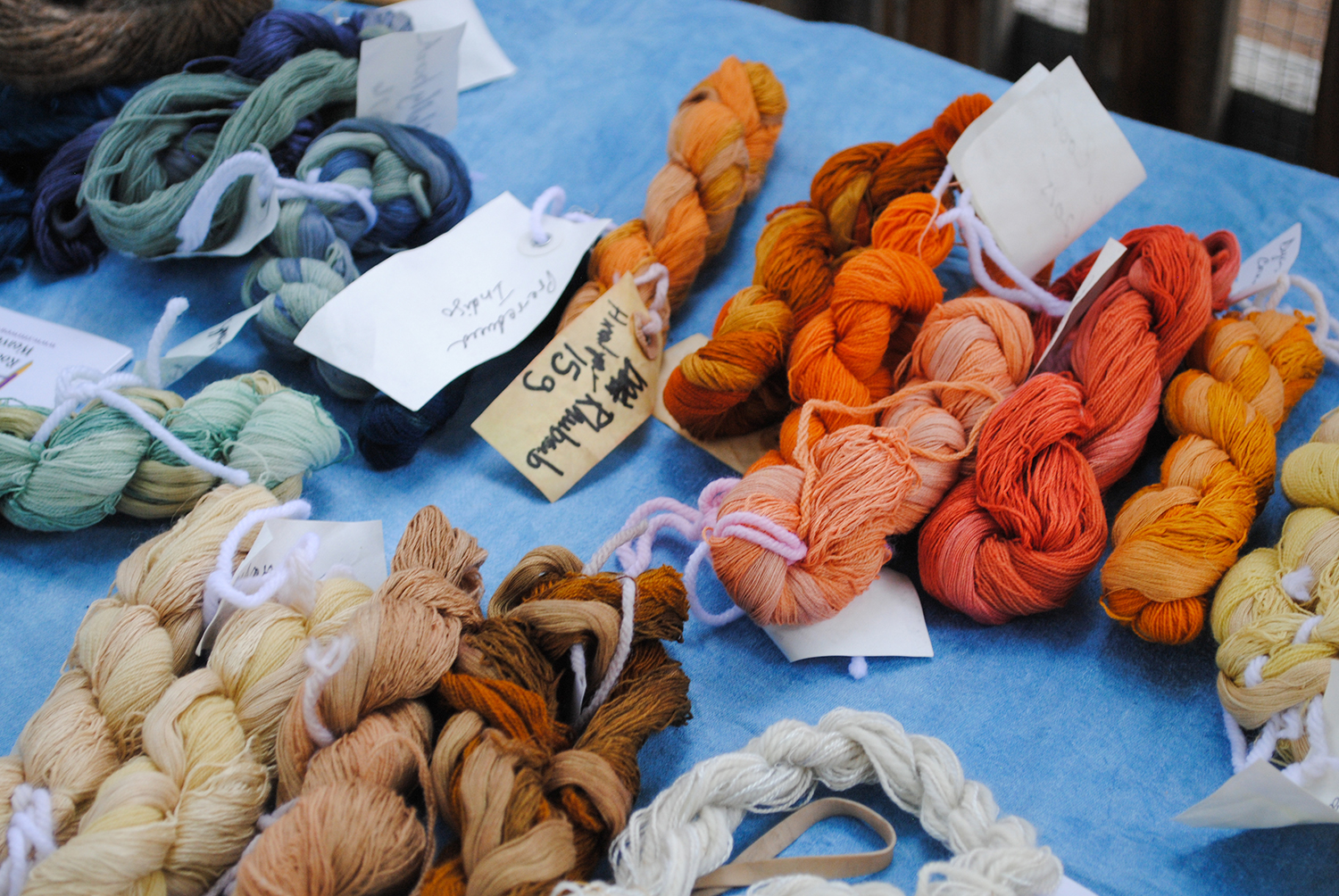We had a hard stop for our growing season this year. The bitter cold that rushed down dropped us to 9ºF with a few more nights in the teens.
The day before the front arrived I ran around covering tender plants with tarps, blankets, leaves, and leaf cages. A week later they seem to have made it through just fine, but plants I didn’t cover were not so fortunate. The landscape looks bleached. The vegetable patch is done, save for the carrots, but they now need to be dug before the delicious sugars start being redirected into regenerating top growth. I picked what I could of the cabbage, broccoli, and kale before the cold arrived. They are all now turning to mush.
I suppose that the story the landscape is telling this year decided it was time for a chapter break instead of a comma. I do love to extend the season and keep it going, but it does feel refreshing to have a bare slate garden for the new year.
I’m reflecting back on 2022, a year that has been good to us. We have lived here in our log cabin for five years now, and I now know this place better than I ever have. I can predict how the light will move and irradiate a certain group of plants through a gap in the trees. I see how the water runs and where currents can be an issue. I remember where the first frost will settle and the first spring beauty will bloom. And, I have built a hefty list of plants that do well in our little valley. There is a peace that comes from knowing a spot of earth and guiding it towards a better future.
And, now looking forward to 2023, I’m planning what comes next. I see many peers in the creative community going through their end of the year reviews. What went well? What didn’t go well and can be made better? We in the green industry can do the same. But, where to start? There have been several moons and many more sleeps since the clock struck midnight 364 days ago.
I have tried to get better at capturing ideas this year to remember and reflect. I used to walk around with a Field Notes in my back pocket, jotting down ideas and sketches, but now I find my phone more convenient. I can take photographs of beds, circle and scribble notes on them using the edit function, and save them in an album for later.
I use the iPhone’s Reminders to track what needs to be done in the garden. I will either walk around with it open and type as needed or tell Siri to create a reminder for my garden list, and then dictate whatever needs to be done. Once inside I can filter through them and move those with more importance to the top. And, I can set deadlines or due dates so that when I need to pull those seeds out of the fridge from stratifying in 1 month and 11 days it pops up on my phone when needed.
For capturing ideas that I see online I have a few options. Day One journal app is great for not only documenting what happened in the garden that day but also screenshotting ideas that I find like a surprising plant combination or adding plants to a wish list. I think it is now a monthly subscription as I subscribed early on and got grandfathered in. Other options include the free apps Evernote, Trello, Google Docs, and Notion for capture. Each can be used in endless ways from tracking seeds and cultivars to storing notes and research about plants. Notion is my current favorite for its quick sync across multiple devices and its customizability.
Of course, it can be overwhelming to see so many items on a to do list but remember, small steps. One or two things done a day or a week can move you forward faster than you think on a gardening project or goal. There’s also the grace of the short days of winter. We are inside more starting the new year and planning what needs to come next.
Sometimes I feel like E.B. White who listed a plethora of tasks in his 1941 essay “Memorandum” with most sentences starting with “Today I should…” or “I ought to finish.…”
I suppose he was employing the Getting Things Done methodology before it was vogue, this idea of emptying your mind of all that has to be done because how can you have ideas when your brain is too busy trying to hold them? He jumps from task to task to task, each one leading him to another thing he has remembered needs to be completed. Just one example, he must rake the brush that was left in the field, and today would be good to burn it since it rained recently, but before he burns it he needs to research is it better or burn or let rot into compost. I chuckle and think how often my mind goes in these items in a series loops, too.
Of course, it is a bit tongue in cheek because there’s no way he can get all the things done that he needs to today. But, listing them is a good first step.
He closes with “I’ve been spending a lot of time here typing, and I see it is four o’clock already and almost dark, so I had better get going.”
I should, too.
